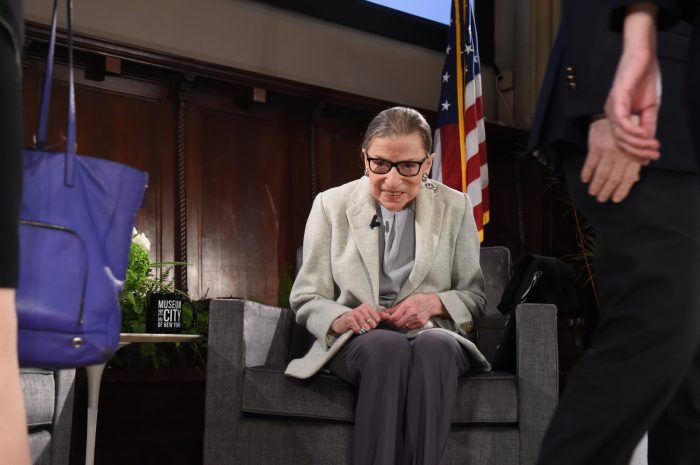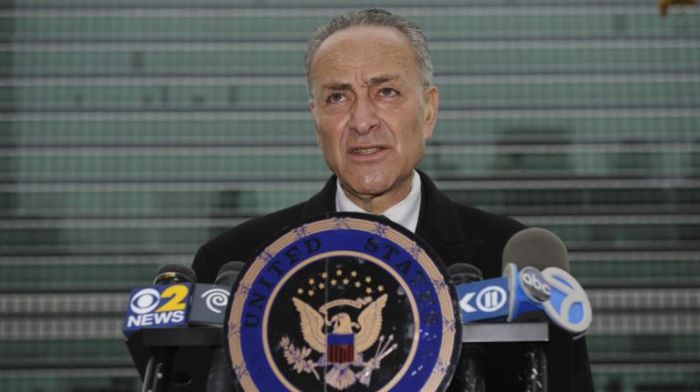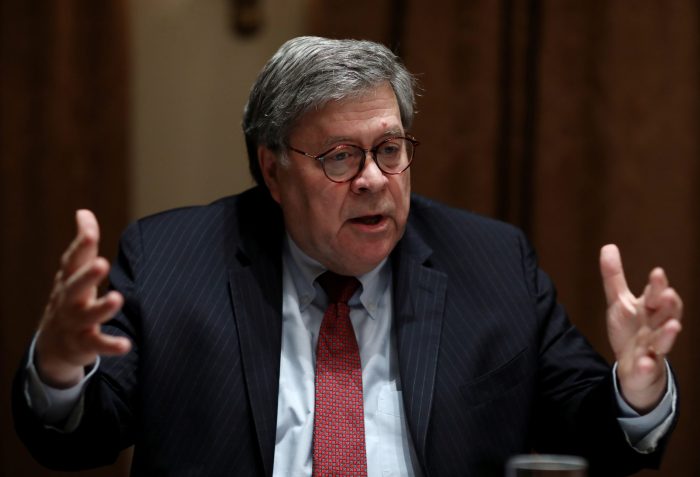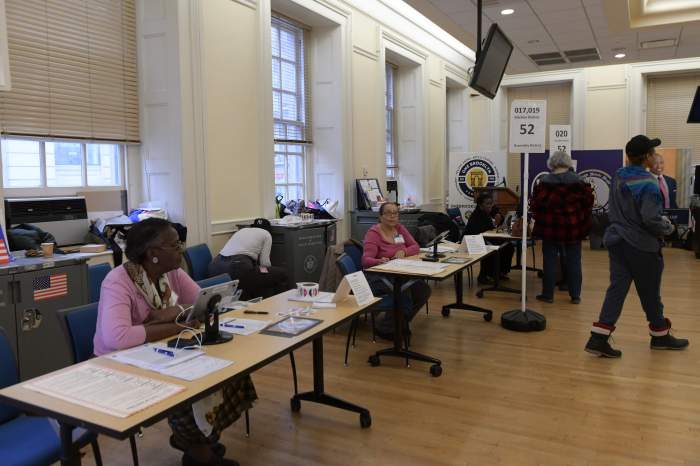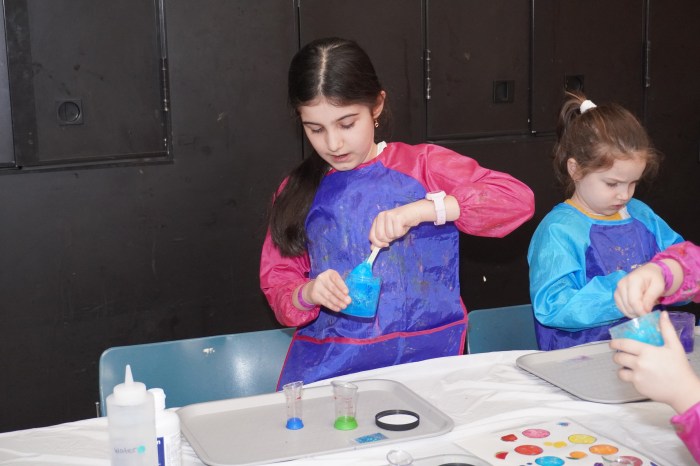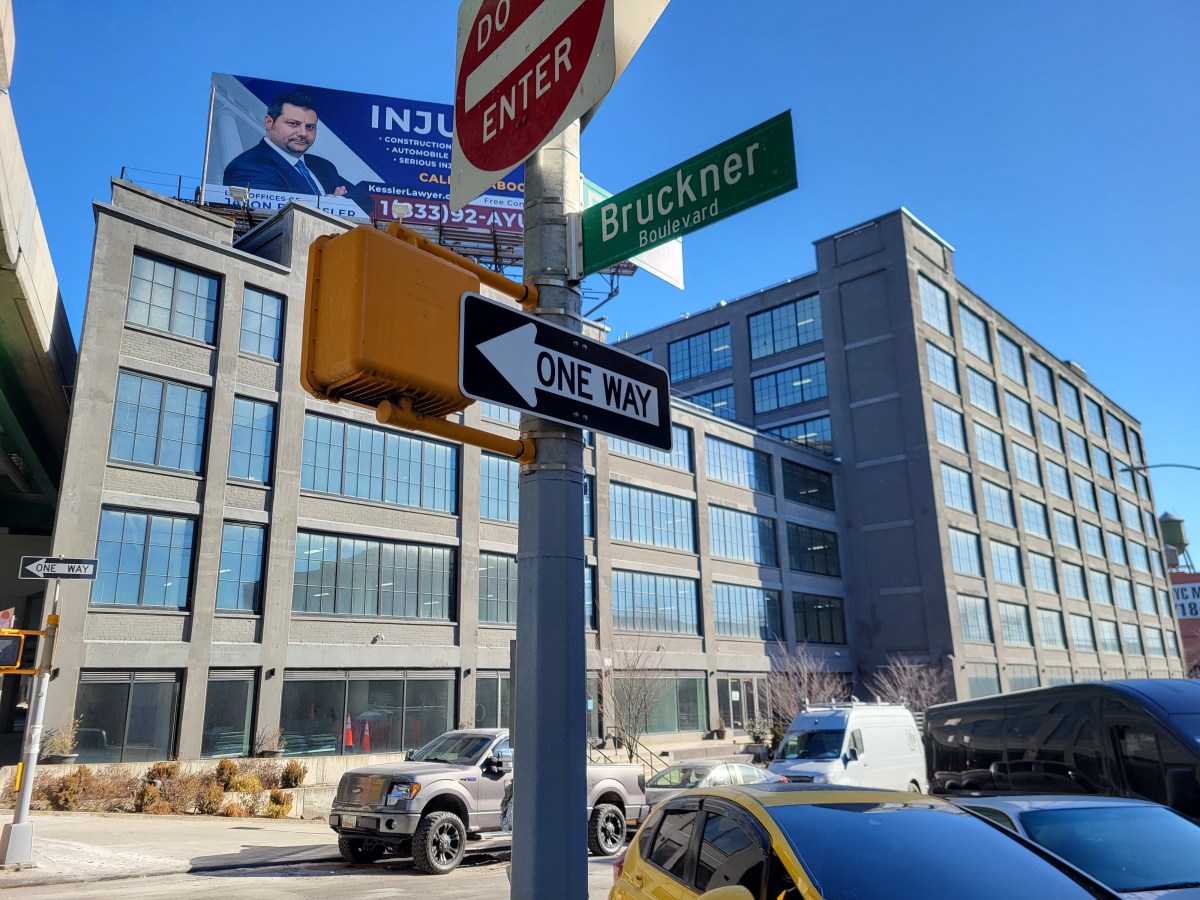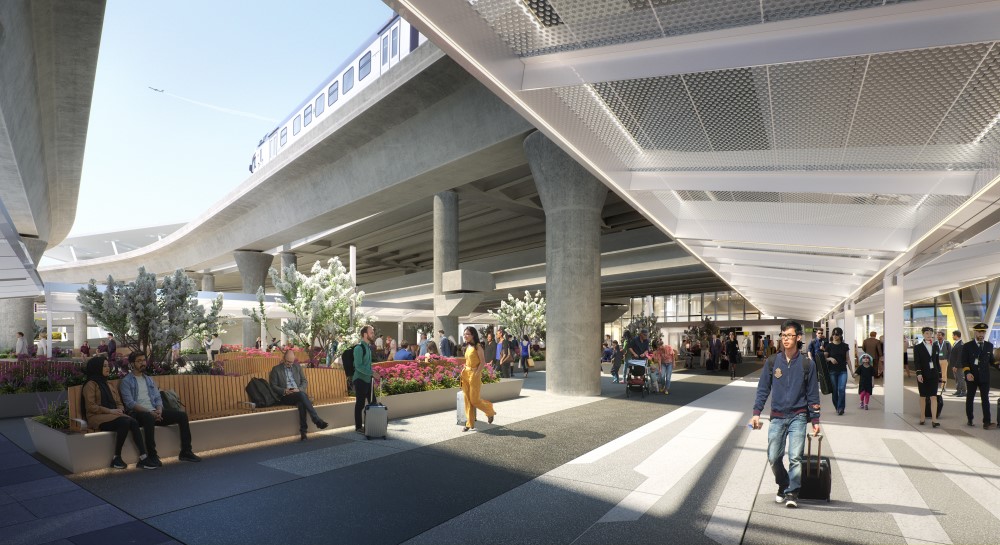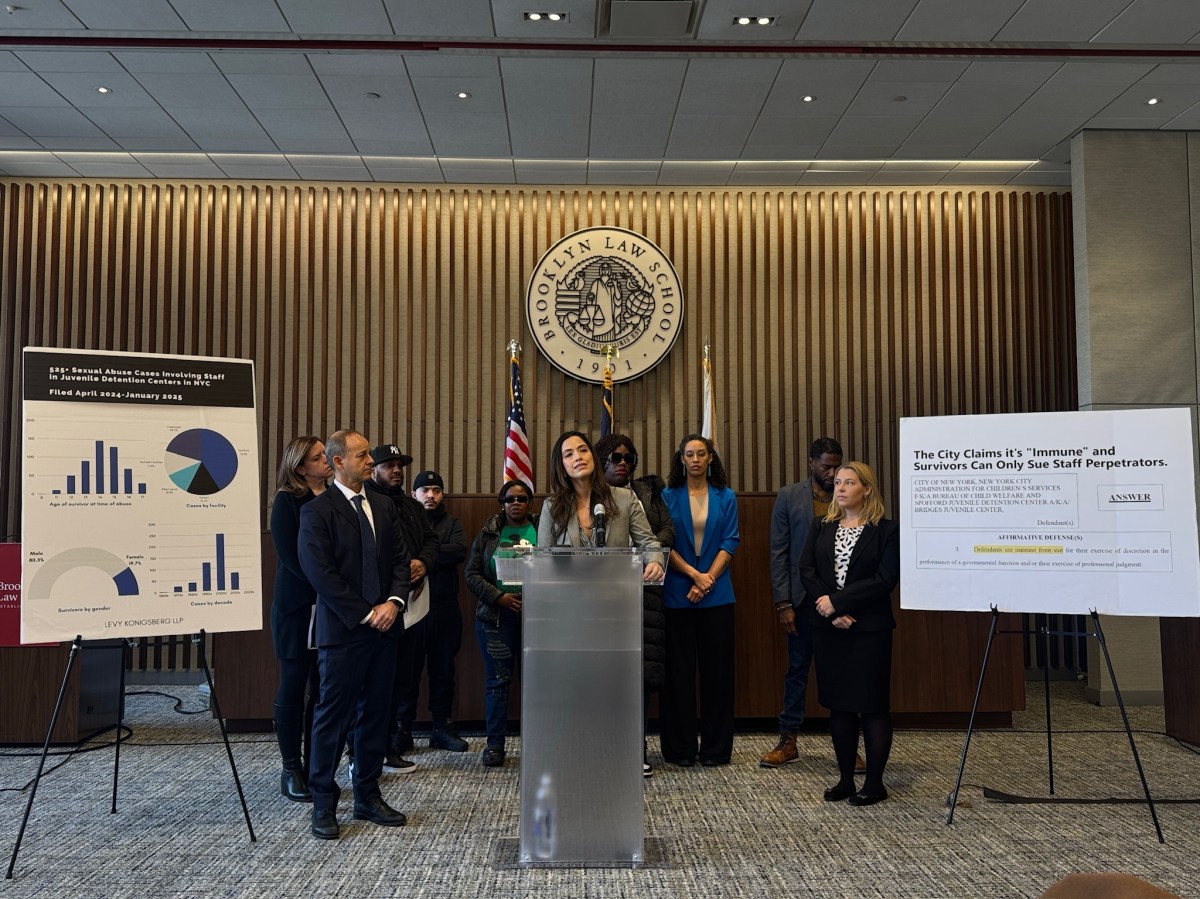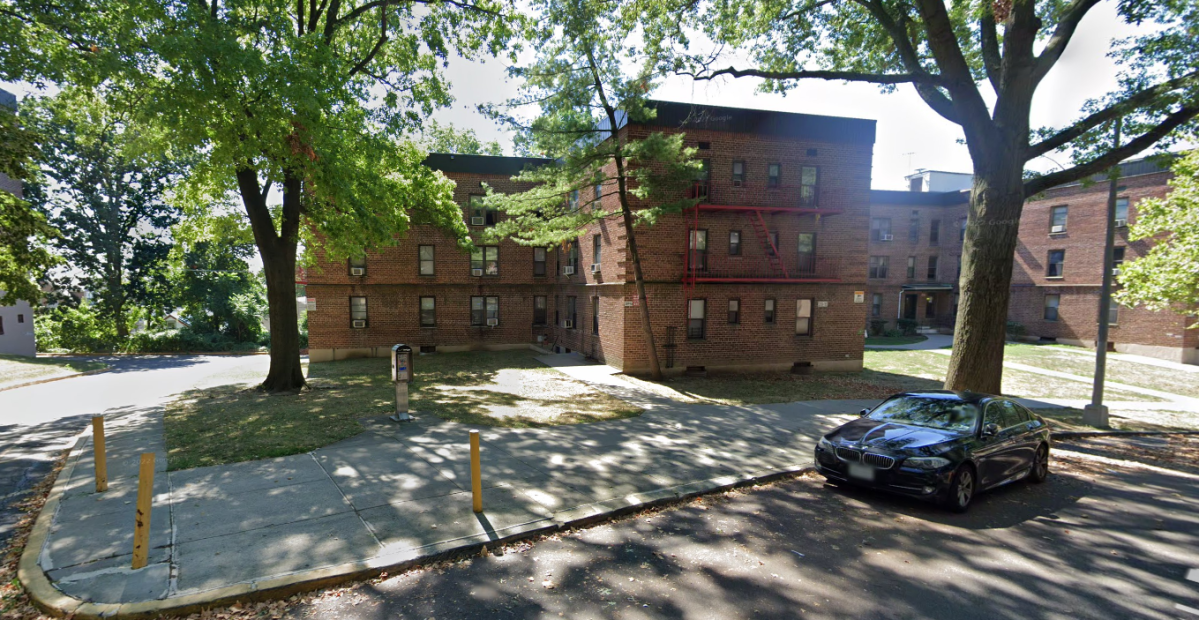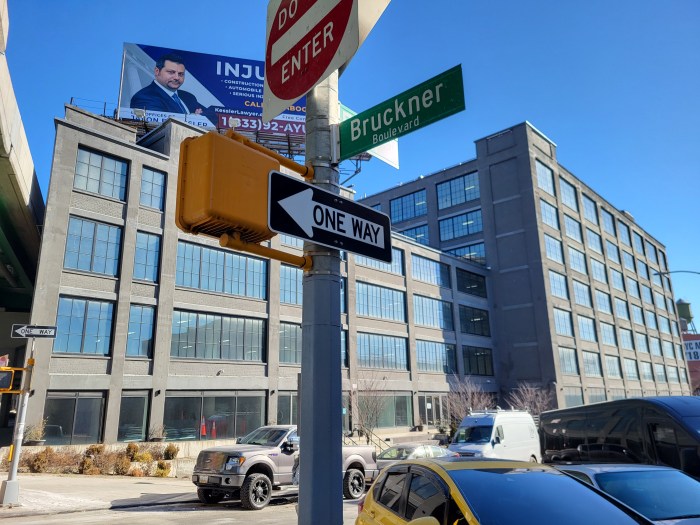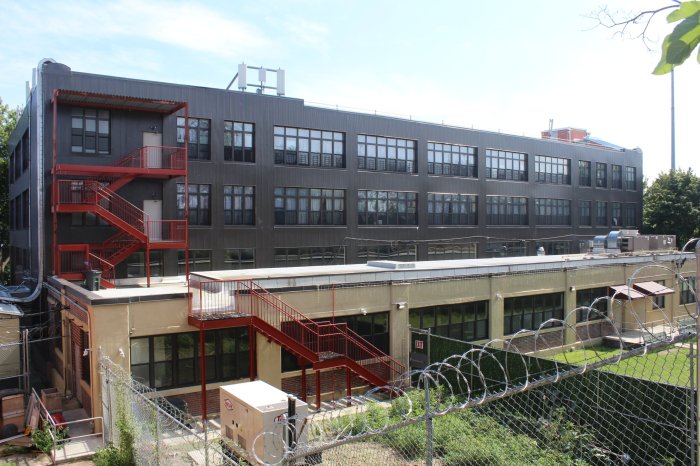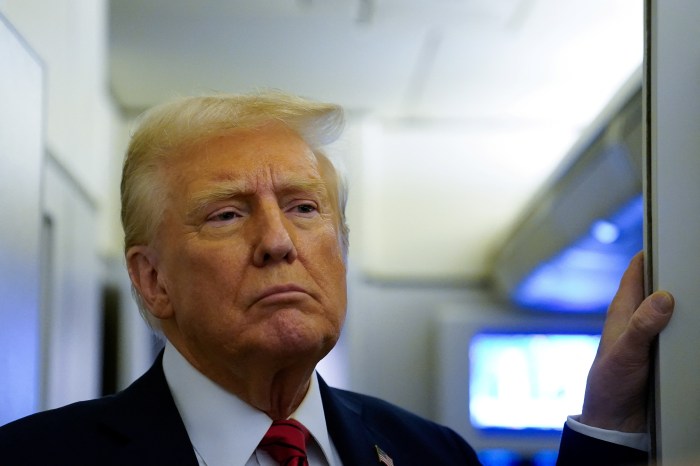Amid all the talk over the dire financial situation befalling the Metropolitan Transportation Authority, and what to do about it, there’s been one glaringly missing component: the federal government.
In her executive budget this month, Governor Kathy Hochul proposed a slight increase in the payroll mobility tax, an enlarged annual city subsidy, and future casino revenues to shore up the MTA’s shaky finances. The transit agency for months had said it would hurtle over a “fiscal cliff” without new dedicated funds from government partners, with lagging post-pandemic ridership decimating farebox revenue and emergency federal COVID aid drying up, leaving a gaping hole in the MTA budget.
Left untreated, the deficit would grow to nearly $3 billion by 2026 and require the agency to pursue harrowing fare hikes, service cuts, and layoffs.
The MTA has praised the governor’s rescue plan, but various other stakeholders have chafed at it.
Mayor Eric Adams has complained it’s not fair to put $500 million of annual subsidy on the city and exempt all other municipalities, and that the city can’t afford it anyway. Suburban lawmakers say only the city should be foisted with the increased payroll tax, arguing the benefits of mass transit disproportionately benefit urbanites. And progressive lawmakers, advocates, and labor say the plan doesn’t go far enough and should be expanded to fund guaranteed 6-minute headways on subways.
But in terms of permanent solutions to the MTA’s woes, it’s mostly been crickets from the feds, who are arguably in the best position to rescue the flailing authority. Amid decimated ridership and cratering finances at the height of the pandemic, Congress sent $15 billion in emergency operating aid to the MTA to keep the system afloat, and also committed billions to mass transit in the federal infrastructure bill (though a puny sum compared to money for highways and other car infrastructure).
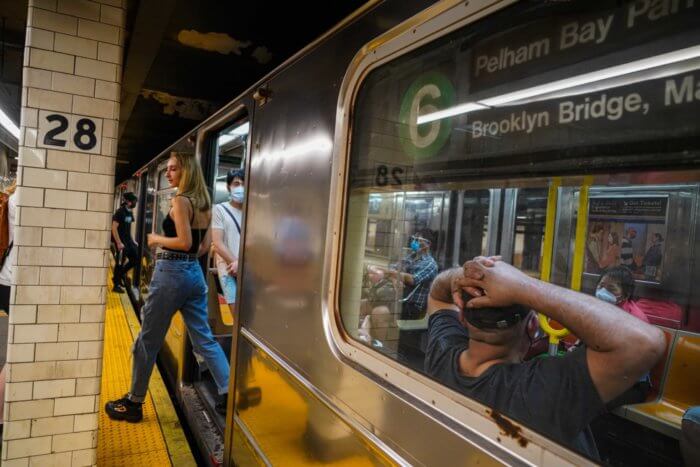
Senate Majority Leader Chuck Schumer, Washington’s second most powerful Democrat, was integral in securing those funds, but when asked by amNewYork Metro about the prospect of permanent support, he was sympathetic but noncommittal.
“Just as in the past, we’re gonna fight to get as much federal money as we can. Plain and simple,” Schumer said aboard a Long Island Rail Road train with Gov. Hochul and MTA Chair Janno Lieber on Sunday. “I believe in mass transit, no one ever thought we’d get $15 billion during COVID, no one ever thought we’d get all the money we’ve gotten for Gateway and the [bipartisan infrastructure bill]. We’re gonna keep fighting for mass transit.”
Schumer says that further expanded funding for mass transit is dead in the water for the time being not for economic reasons but political ones: Republicans, famously hostile to mass transit riders and in love with gas-guzzling automobiles, now control the House of Representatives. So now, Schumer says, the best transit riders can hope for out of Washington is scraps.
“Are there people in Washington who don’t want to do mass transit? Absolutely,” said the Majority Leader. “But so far, every time we’ve fought them, we’ve won.”
The dean of New York’s House delegation, Jerry Nadler (D – Manhattan), had virtually the same take: he supports the idea of permanent aid but isn’t optimistic in the current Congress.
“Well, I’d like to do that,” Nadler told amNewYork Metro at the opening of Grand Central Madison on Sunday. “But with a Republican House, it’s unlikely at least during this Congress.”
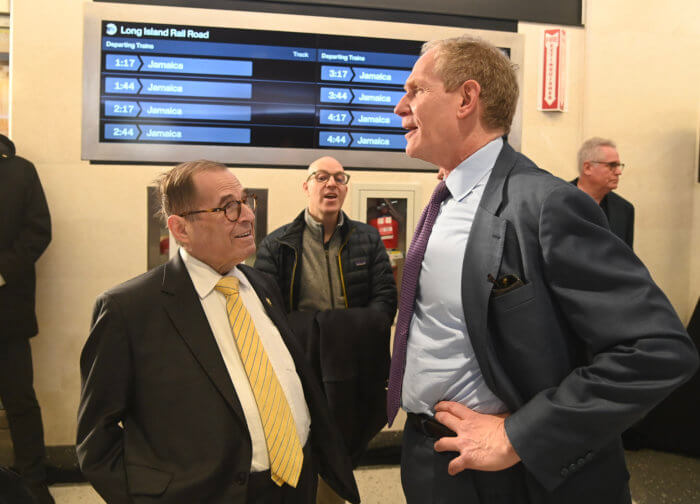
Reps for House Speaker Kevin McCarthy did not respond to multiple requests for comment.
Pre-COVID, the feds’ contribution to the MTA’s operating budget was generally in the form of grants from the Department of Transportation. The main chunks of MTA funding consist of farebox revenue, as well as taxes and subsidies from the state and city.
Even with a state rescue plan, New York’s transit riders are still set to pay higher subway and bus fares sometime this year. A 5.5% fare hike this year could bring a subway or bus ride up to $2.90; another hike in 2025 would pass the dreaded $3 threshold. A MetroCard swipe or OMNY tap has cost $2.75 since 2015.
But the fare hike would be larger, and accompanied by devastating service cuts and layoffs, if Hochul’s rescue plan doesn’t make it through Albany’s budget dance, MTA leaders said at the monthly Board meeting last week.
Before the MTA adopted its 2023 budget and Hochul presented her rescue plan, State Comptroller Tom DiNapoli estimated that if the MTA went over the fiscal cliff, riders could be left having to pay fares as high as $3.50 in order for the MTA to pay its bills and run its trains.
Whether such a scenario prompts federal action remains to be seen.



